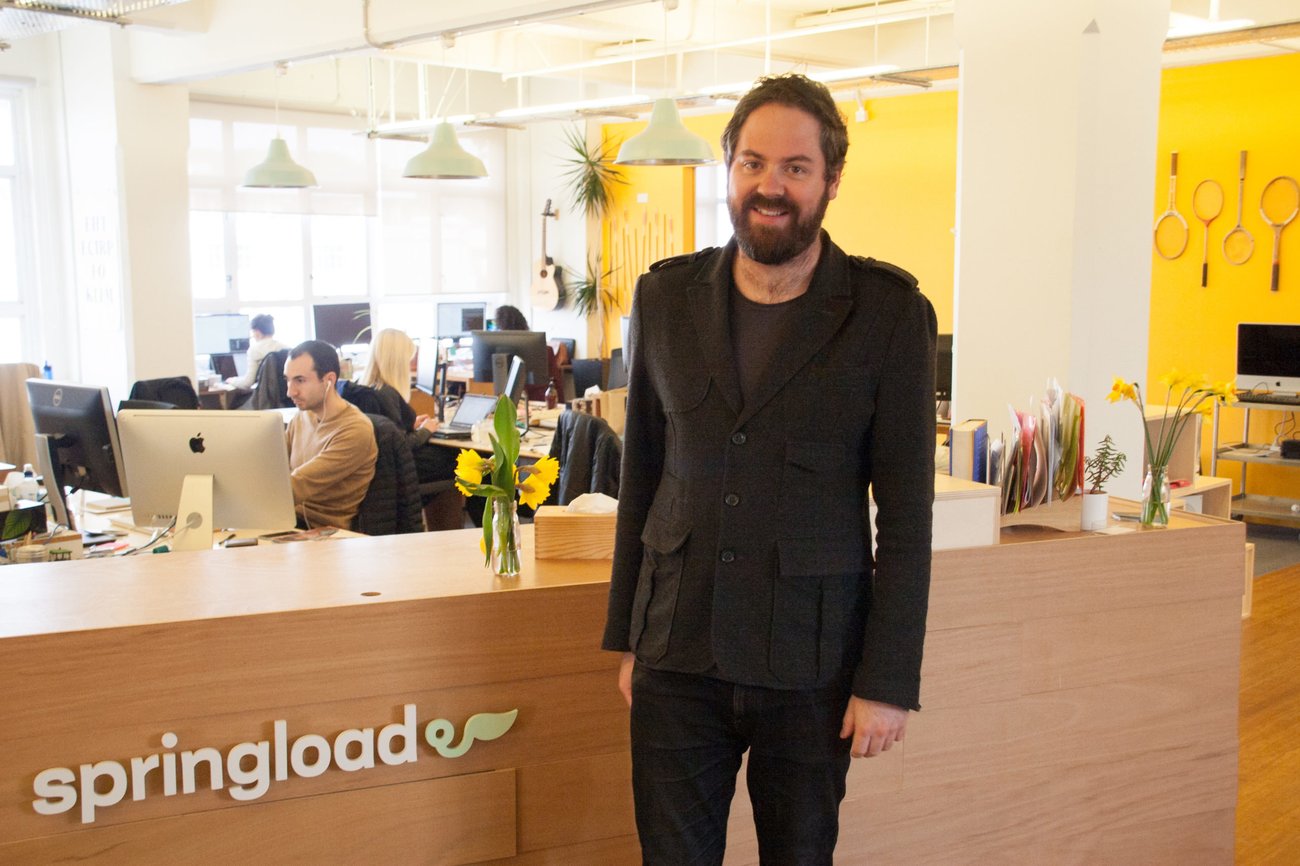
It’s a philosophy Rams regularly imparted throughout his decades-long career, most notably as chief design officer at Braun where he designed everything from electric razors and portable radios, to calculators and clocks. Even in some of Rams’ lesser known work, his products embody his famous 10 principles of good design which dictate that good design is innovative, unobtrusive, long-lasting and most of all, useful.
It’s an approach that’s undoubtedly stood the test of time with modern studios and designers continuing to adhere to Rams’ wise words, including Wellington-based digital creative agency Springload.
“At Springload, we mainly put user experience and content first, and then we try and build a beautiful, usable framework around that,” says designer Joe Garlick, who previously worked as a freelance graphic designer in New Zealand, London and Amsterdam before joining the Springload team.
He says that when he first started his career, good design was more of an artistic endeavour, whereas his outlook on the topic has now somewhat shifted.
“But as I’ve got older, I’ve realised that what’s a lot more important is serving both the user and client’s needs first and foremost. There’s a beauty in providing a really good user experience,” he says.
“The beauty is almost in it being reduced so that you don’t notice it. I think if you almost notice the beauty too much, then perhaps it might be getting in the way of the user experience.”
“But with that said, I’m still a big type geek and I love beautiful illustrations and ideas communicated effectively. So there’s still a beauty in that too.”
Driven from a customer-first perspective, Springload has created numerous products that convey this notion of ‘good design’, including websites for a number of high-profile clients such as RNZ, Kiwibank, NZ Festival and New Zealand Red Cross, all of which employ a simple, easy to use interface for users.
“With a lot of work at Springload, we’re constantly trying to reduce and remove things and only really have the essentials left,” says Garlick.
“For example, we might be able to create a slick animation for a menu that looks really nice, but if it slows down the load time, it means it’s not as accessible from a technology point of view. Then we’d most likely avoid it.”
And while good design can be challenging to define, it’s safe to say that bad design is impossible to ignore, with Garlick stating that in his everyday life, he comes across poorly designed products every day.
“I think the curse of being a designer who really respects their craft and wants to create the most beautiful and usable things is that in my day-to-day life, I’d say that most things are not well designed,” he says.
“From a crappy door handle that’s always been annoying to open, to inexplicable icons on a washing machine, I’m constantly frustrated by the stuff I come across which is a bit of a curse. I spend 2 days trying to figure out what the best inputs are on a form so that it has just the right amount of information and as little input required from the user. When someone hasn’t spent the time doing that, I find that almost infuriating.”
It’s these types of frustrations Springload is working hard to undo, and with its ‘less is more’ philosophy firmly under its belt (along with a couple Best Design Awards to match), it’s certainly making good progress.




